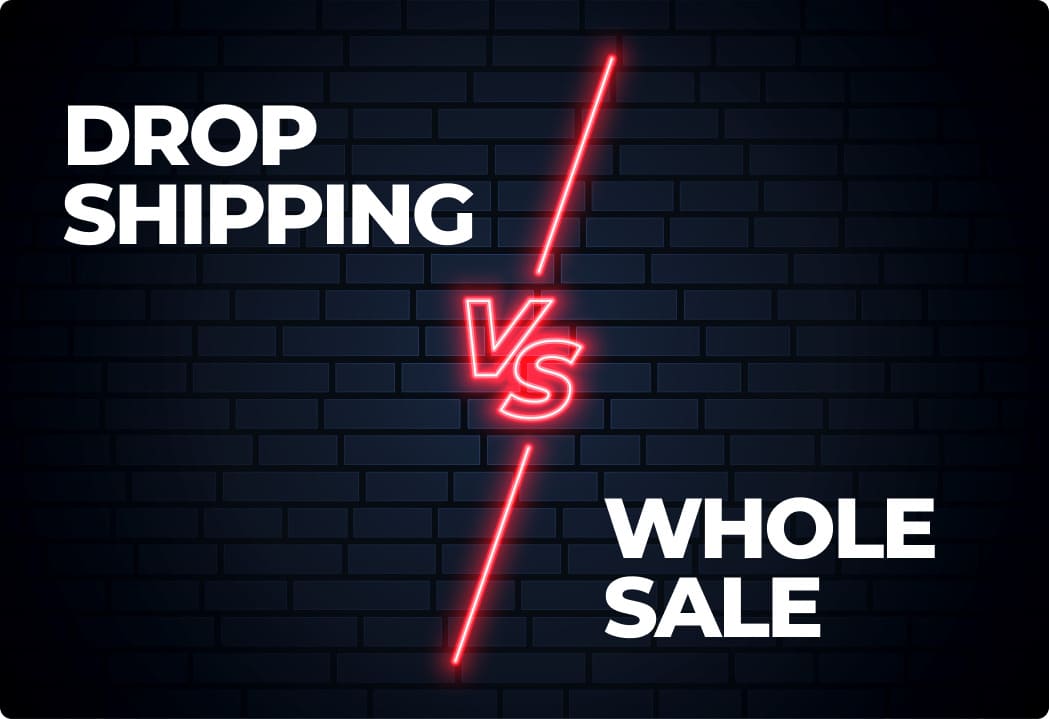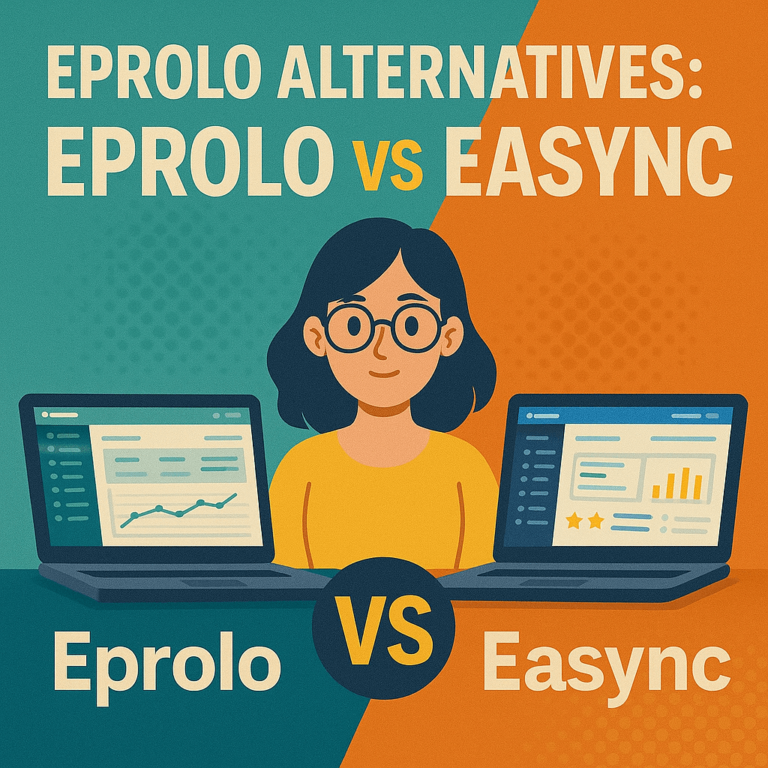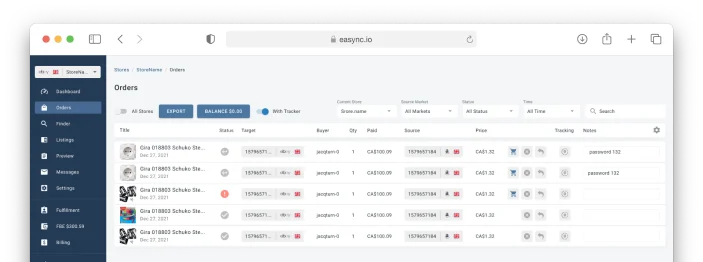Dropshipping vs. Wholesale – This is among the hottest debates but tell you what, none is better than the other. It all comes down to the kind of business you want to model. The simplicity of starting dropshipping will favor some, while others will find it better to go all the way with wholesale.
If you are not sure which is the best model for you, keep it right here. In the end, you will learn;
- What dropshipping is and how it works
- Pros and Cons of dropshipping distribution
- What wholesale is and how it works
- The pros and cons of wholesale distribution
- How the two models compare
- What is the best model

What Is Dropshipping?
Dropshipping is a pretty new distribution model where the seller who is the dropshipper doesn’t own the inventory they are selling. Instead, they buy the product once an order is made and transfer it to the supplier, who sends it to the customer.
Just to clear the air, there is a new variant of dropshipping dubbed bulk dropshipping. Here, dropshippers buy products in bulk, list them, and handle fulfillment themselves or through tools such as Easync or 3rd party logistics companies.
Bulk dropshipping is a new trend that dropshipping businesses are using. Say you find an item at 50% off the normal price on a sale. You can grab a few pieces or a dozen and sell them at the normal price after the sale ends. But do this on products you can sell fast, so your money doesn’t lie just there.
The dropshipping business model has witnessed exponential growth in the last few years, particularly after the pandemic, when consumers went online shopping full throttle.
According to statistics, the global dropshipping market was valued at USD 162.44 billion in 2019 and is projected to grow at a Compound Annual Growth Rate (CAGR) of 18.3%, blossoming USD 591.77 billion industry by 2027. Interestingly, more and more retailers favor dropshipping as the preferred fulfillment method.
How Does Dropshipping Work?
From the earlier definition, dropshipping sounds pretty easy, but a lot is involved. You will need to do product research, supplier research, create an online store, create listings, manage inventory and pricing, and offer customer service.
But is dropshipping profitable?
Well, in dropshipping, the dropshipper adds markup on the supplier’s price, and when the order is fulfilled, they keep the profit. Even though many claim that dropshipping is dead because of the paltry 10% to 20% success rate, it is still a worthy venture considering the margins fall between 20% and 40%. As for earnings, the average dropshipper makes $2,000 monthly, while top earners make an average of $10,000 or even more.
Pros of Dropshipping
Dropshipping is among the most lucrative online ventures. Below are some of the benefits of this model and why it is a favorite for many entrepreneurs.
1. Low-Capital Venture
The main advantage of dropshipping is that it is a low-cost venture you can start without money as you don’t need to own inventory and foot warehousing costs. You can start dropshipping immediately after you have identified a winning product and have a store. While it is hard to say how much you need to start dropshipping, many have succeeded with as little as $100.
2. Low-Risk Investment
Second, dropshipping is a low-risk investment. Now that you don’t own inventory, you have no worries about getting stuck with dead stock. If a product in your shop is trendy today but goes out of fashion tomorrow, that’s the problem of the supplier who remains with their dead stock. As a dropshipper, you move on by delisting products that are not moving and finding new winning products in demand.
3. Great Flexibility
You also get great flexibility with dropshipping. Unlike other businesses, you don’t have to spend all your working hours on your store. As suggested by Shopify, one of the big guns in the dropshipping industry, you need just 10 to 15 hours per week to make $2000 monthly. Besides, you can work from anywhere and even automate some processes. Dropshipping tools, such as Easync, can automate processes such as;
- Product research
- Supplier research
- Creating listings
- Inventory and price control
- Product ordering
4. Broad Reach and Product Selection
With dropshipping, you are not limited when it comes to your market reach. Besides the flexibility of working from home, you can source products from all corners of the world and sell them anywhere globally. In addition, you can sell anything. You can try jewelry today and switch to a health & beauty or sports & fitness product that is trending anytime.
5. Easily Scalable
Last, dropshipping is a simple business to scale now that the supplier handles fulfillment (product sourcing, packaging, shipping, etc. You remain with a lot of time to focus on the important stuff, particularly marketing and customer service. Automation is also possible so you can, in the long run, put your business on autopilot.
Cons of Dropshipping
On the contrary, you will encounter some dropshipping challenges, especially as a beginner. Below are the 3 main disadvantages of dropshipping
1. Stiff Competition
Dropshipping is the talk of the town, attracting many entrepreneurs. In fact, Shopify estimates that there are over a million dropshippers. What that means is dropshipping is a flooded space with stiff competition. But with the right strategy, you can still stand tall and make a kill. Besides having many entrepreneurs, dropshipping margins are lower, translating to low profits.
2. No Total Control Over the Business
In dropshipping, you have no full control of the business. To start, maybe you are relying on a marketplace that can ban you anytime. You also have no control of inventory and are likely to run out of stock or sell substandard products that may hurt your brand unless you are into Print-on-Demand dropshipping. Considering you are not involved in fulfillment, you also have no control over shipping times, packaging, and the final customer experience.
What is Wholesale Distribution?
The wholesale model differs from dropshipping from many angles, including capital, control of inventory, and so much more. The wholesale model has been here for a while and remains a dominant distribution method. In this model, you, as a business owner, need to have inventory. That means you need to have enough money to buy and store merchandise in bulk and sell as you go.
Even though dropshipping is quickly gaining traction, wholesale distribution is still here to stay. There are several advantages of wholesale distribution, including lower prices, control of the business, and so on. The wholesale model is best for markets with high demand for bulk orders.
How Wholesale Distribution Works
Now, how does the wholesale model work? First, you need the capital to buy the merchandise in bulk. Besides, you need to have plans for a warehouse and inventory management system. Once an order is placed, it’s your responsibility to package the product and have it shipped to the customer.
Pros of the Wholesale Model
The wholesale model sounds riskier and more time-consuming but has many advantages. Below are the benefits of wholesale distribution.
1. Higher Margins
In the wholesale model, you could be spending a huge sum to purchase bulk merchandise, but there are advantages that come along with the huge investment. Now that you are buying the products in bulk, you get wholesale pricing, which means better margins than in the dropshipping model, where you buy a single piece at a higher price.
2. Fixed Margins
You can also be sure of fixed margins, as price fluctuations do not sanction the wholesale model. Once you have identified a product and calculated how much it will give you, you can be sure of getting the exact margin you anticipated. This is unlike in dropshipping, where suppliers fluctuate prices.
3. Control Over Inventory
Another advantage of the wholesale method is the control over inventory. Now that you have the merchandise in your warehouse, you don’t have to be wary of suppliers’ out-of-stock (OOS) emails and notifications, yet you have an order. You will also be able to take good care of the product so that it remains in its new condition even after months.
4. Control Over Quality
With the wholesale model, you have the products in hand, so you can quickly grab a single piece and check its quality. Better still, your supplier should have sent you a sample before making the final purchase in bulk. This way, you will not hurt your brand by sending your customer a wrong, defective, or low-quality product.
5. Control Over Fulfillment
Another huge advantage is the full control of fulfillment. As mentioned earlier, you are responsible for fulfillment in the wholesale model. That means you are responsible for packaging the products and sending them to the customer. This gives you the power to brand packaging and even streamline logistics to guarantee fast shipping. Proper communication with the customer on order status is also more efficient.
Did You Know!
On average, online businesses that pay attention to packaging register a 30% increase in consumer interest.
Cons Of Wholesale
The wholesale method has several advantages, but at the same time, there are disadvantages. In this section, check out challenges that you may encounter.
1. High Investment Costs
The biggest challenge with the wholesale model is the high investment cost. As you may be aware, you need to buy products in bulk, and that could set you back quite a lot, especially when buying from manufacturers and suppliers with high MOQs. And remember, you will still have to get warehousing premises and warehouse management software. Besides, packaging is all on you, and so is shipping logistics.
2. Slow Sales
Another major challenge with the wholesale model is slow sales. Definitely, you can’t start selling immediately as you will have to wait for the shipment to arrive, and considering it is a bulk purchase, the arrival may take longer. You will probably have to handle warehousing, packaging, and marketing. To make matters worse, you may be burdened to sell stocks in a limited time to cover other expenses.
Dropshipping vs. Wholesale: What’s The Best Choice For You?
Now that you know a thing or two about how dropshipping and wholesale models work, it’s time to go into the finer details. In this segment, we have compared the two models based on the essential factors that should inform your decision. Without further ado, let’s get into it.
Some of the critical questions to ask yourself include;
- How much money do you have
- How fast do you want to start selling
- How much control do you want?
| Dropshipping | Wholesale | |
| Capital | Low capital investment | High capital investment |
| Getting Started | Start selling immediately | Takes time |
| Quality Assurance | No control over the quality | Control over quality |
| Fulfillment | Dropshipping Supplier | Process own orders |
1. Capital
How much money do you have for investment? This is a key determinant of the business model you will go for. If you want to go for dropshipping, you don’t need as much money, but if you want to go with wholesale, you will need a lot of money.

You don’t need much money with dropshipping, mainly because you don’t need to buy inventory. The model allows you to sell products you don’t have in hand. Considering you don’t need inventory, you also don’t have any warehousing and storage costs. So, how much money do you need to start dropshipping? Well, it’s hard to say a figure but to start a good dropshipping business, you need $100 – $200. These funds will cover store creation, marketplace fees, dropshipping tools subscription, and marketing costs.
On the other hand, with the wholesale model, you need money to purchase the products. The amount of money depends on whether you are selling low-ticket or high-ticket items. Regardless of the value of the items, the bottomline is, you need money to buy inventory. Once your goods arrive, you will need a place to store them, maybe a warehouse if there are many products, or even a spare bedroom at home if you sell small items. You will also need a sales channel, probably an online store or marketplace, and cater to marketing costs.
2. Getting Started
How fast do you want to get started? Maybe you want to prepare early for the Christmas season, or it is already Christmas, so you need to start selling Christmas products immediately before the season ends. Your immediacy should also influence the model you go for. Dropshipping is best if you want to start selling immediately, but you can consider wholesale if there is no hurry.

With dropshipping, you can start selling in minutes. If you have just discovered a trendy niche and have a product in mind, go for dropshipping. Little is required once you have found a niche, a winning product, and a supplier. The next step will be creating a store, be it a website or marketplace seller account, listing the product, and promoting it. You will be ready to start selling. All this can be done in hours or a day if you want.
In the case of wholesale, it is suitable for steady niches only and if you are not in a hurry to start selling. Many processes are involved, including finding a product and a supplier with enough stock. You might also want a sample before paying for the bulk order. Other time-intensive activities include waiting for the shipment, finding a warehouse, paperwork with 3PL companies, packaging options, and maybe licensing and taxes.
3. Quality Assurance
To succeed in business, quality is fundamental. Many businesses fail because of selling substandard, defective, or wrong items, often triggering returns. If you want to stay on top of product quality, you need to choose your fulfillment method wisely.

With dropshipping, you don’t have control over product quality as you don’t handle the product at any stage of the fulfillment process. Instead, the supplier sends the product directly to the customer. That said, you have no way of knowing about the quality of products unless you order a product yourself to assess quality. But this is not a good idea, especially if you are on a budget.
Wholesale is the best option for those who want to be sure of the product quality, as you can order a sample. What’s more? You have the inventory, and importantly, you are responsible for shipping the product, so you can make sure every item sent to the customer is of high quality, has no defects, and is the correct item per the product’s description on your store.
4. Fulfillment
Who is responsible for fulfilling the orders? Do you have the resources to fulfill the orders? This is an important question, as fulfillment is a crucial stage in the cycle as it impacts stress levels in operations and customer satisfaction. If you have too much at hand, dropshipping will be the best option, but if you think you have all the time and resources and want total control of the business, go for the wholesale model.

In the dropshipping model, the supplier handles all the operations, so it is the best model if you are a beginner and have too much to handle. Your only role will be transferring the order to the supplier, handling communication with the customer, and ensuring returns are handled as per your store’s policy and the supplier’s.
For those who want to stay on top of their business from A to Z, wholesale is a great idea, as you are responsible for fulfillment. To start, you control inventory, so you won’t have any out-of-stock upsets. Packaging, too, is your responsibility, so you remain in charge of your branding. Lastly, you can streamline operations and ensure the product reaches the customer faster than in dropshipping, where most suppliers take long to deliver.
Frequently Asked Questions (FAQs)
1. Is dropshipping still a good business model?
Yes. Dropshipping is a good business model for online entrepreneurs who want to start an online business with low capital. The fact that you don’t need inventory makes it a low-cost investment, as you can start with less than $100.
2. Is dropshipping better than wholesale?
Dropshipping is better than wholesale if you want a venture that is not capital-intensive. However, profitwise, wholesale is the best model as you get wholesale prices now that you are buying in bulk.
3. Can dropshipping replace wholesale?
Even though dropshipping is growing at a speedy rate, it cannot outshine wholesale in the long run. The two distribution methods are here to stay and are, in fact, interdependent and in a single ecosystem.
4. What are the disadvantages of dropshipping?
Among the disadvantages of dropshipping is the stiff competition considering there are over a million dropshippers. But with the right strategy, you can succeed.
Dropshipping vs. Wholesale: The Verdict
That’s the end of this dropshipping vs. wholesale comparison review. So, what’s the best option? Well, if you have huge capital, wholesale is the best because it is more profitable at the end of the day. But dropshipping sounds like the best idea as it is a low-risk investment. It doesn’t require huge capital, and you can start selling immediately.
But to succeed in dropshipping, you need a proper strategy and a dropshipping tool like Easync.io. Trusted by over 30,000 successful stores, Easync dropshipping tool will help you in product research, supplier research, automation, and even fulfillment. If you want to start dropshipping, start your Easync 7-day free trial today!




